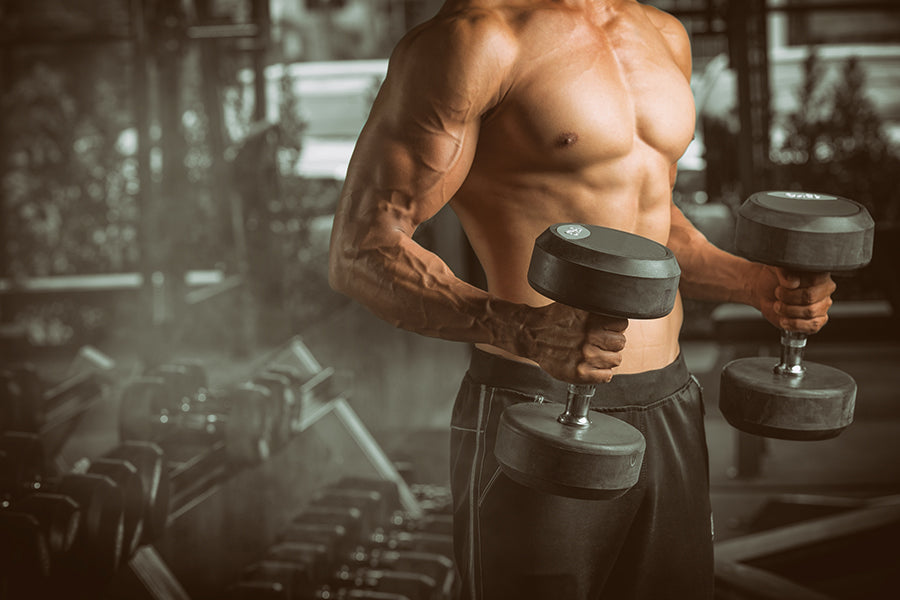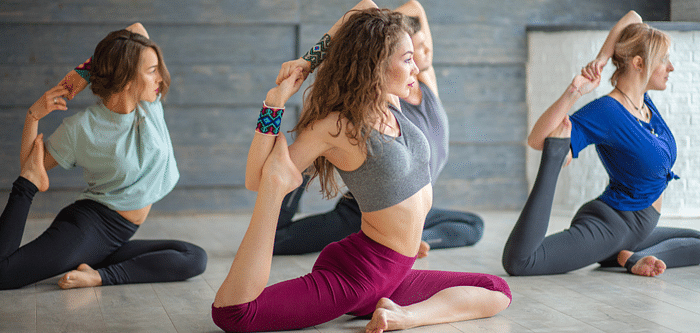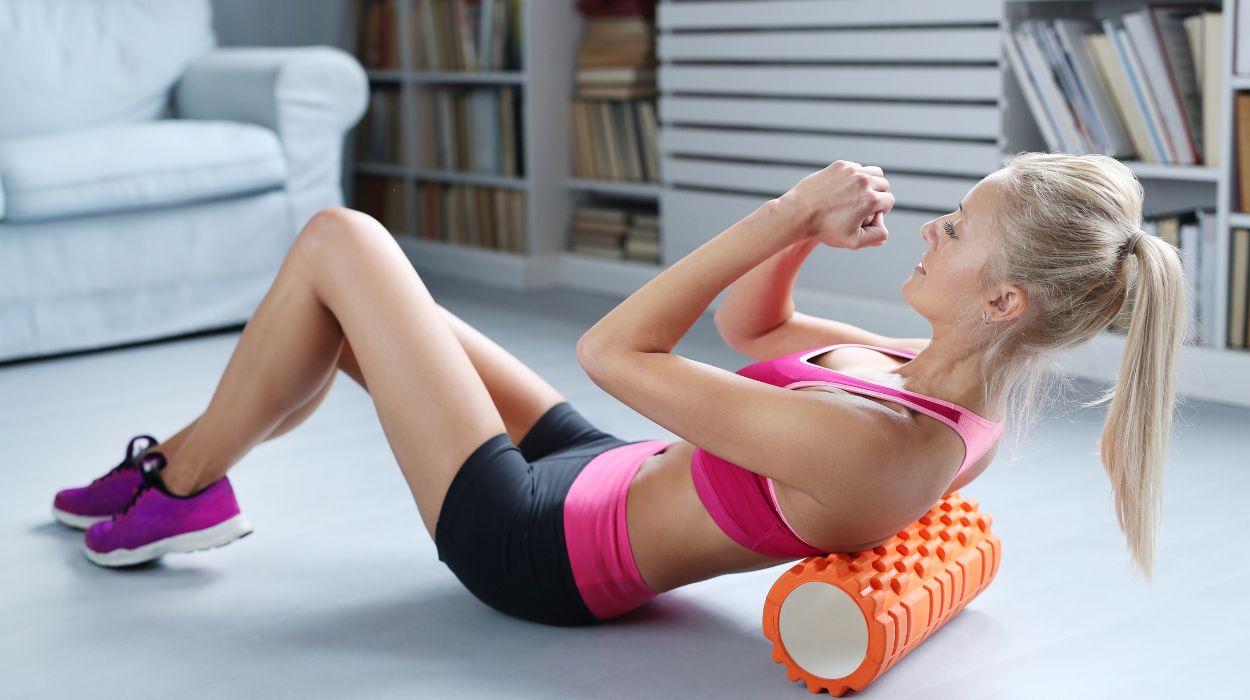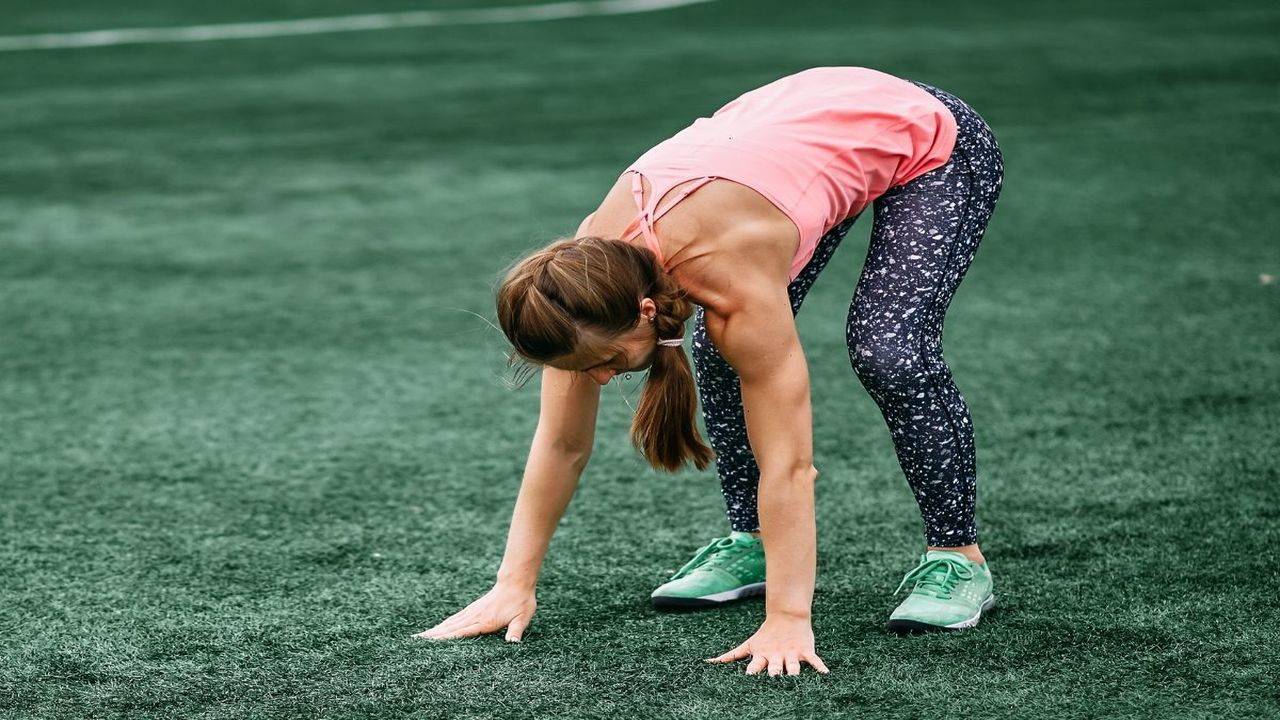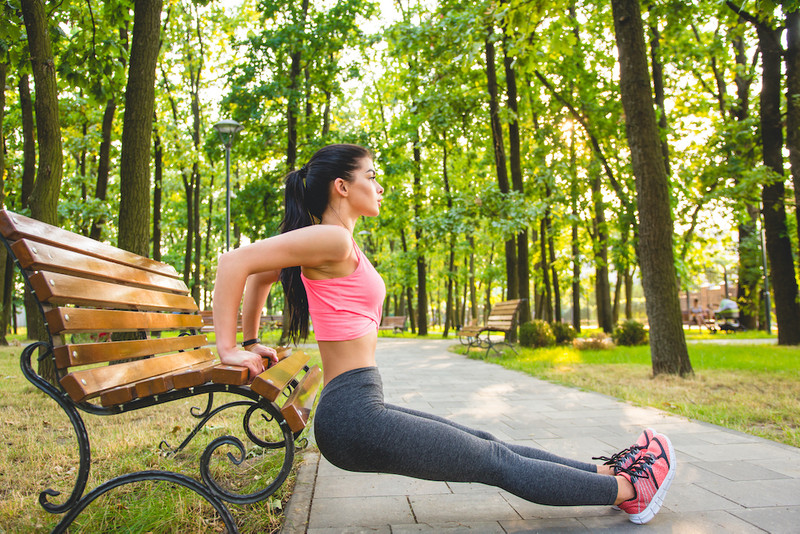If you’ve ever rolled out a yoga mat—even just once—you’ve probably met the downward-facing dog. It’s that pose everyone knows: hips up, head down, heels stretching for the floor. Looks simple, right? But spend a few breaths in it and you’ll quickly realise it’s doing way more than just making you look like an upside-down V.
For many, downward-facing dog is the heart of a yoga practice. You’ll find it in beginners’ classes and advanced flows alike. It wakes up sleepy muscles, calms a racing mind, and secretly strengthens your whole body without you even realising it. Pretty magical for a pose you can do in your living room in under a minute.
So, if you’re someone who wants to feel stronger, move better, and maybe find a little calm in the middle of your day, keep reading. Let’s break down exactly what makes this classic yoga move so special—and why adding just one downward dog a day can bring you seven golden benefits.
First Things First: How to Do It Right
Before we get into the good stuff, let’s nail the basics. Here’s how to do downward-facing dog (or Adho Mukha Svanasana, if you want to sound fancy in class).
How to do it:
- Start on all fours—hands and knees on your mat.
- Spread your fingers wide and press your palms firmly into the floor.
- Tuck your toes under, lift your knees, and send your hips up and back.
- Try to straighten your legs as much as your hamstrings allow.
- Reach your heels toward the floor (it’s fine if they don’t touch).
- Relax your head and neck. Gaze softly between your legs or toward your belly button.
- Stay here for 5–10 breaths, pressing through your palms and keeping your hips high.
Pro tip: Bend your knees a bit if your hamstrings are tight. Focus more on lifting your hips and lengthening your spine than forcing your heels down.
1. It Stretches Your Whole Back Body
If you sit a lot—whether it’s at a desk, in a car, or on the couch—your back body probably needs some love. Downward dog is like a full-body yawn for your spine, hamstrings, calves, and even your feet.
By pushing your hips up and back, you gently lengthen your spine, decompress your lower back, and give your hamstrings and calves a good stretch. After a long day hunched over screens, this pose is the perfect antidote.
Try this: After sitting for a few hours, stand up and do a downward dog for 30 seconds. Notice how much looser your legs and back feel.
2. It Strengthens Your Arms and Shoulders
Think downward dog is just stretching? Think again. Holding yourself up builds strength in your wrists, arms, and shoulders.
The longer you hold it, the more those upper-body muscles work to keep you stable. It’s like a mini workout for your biceps, triceps, and shoulders—without any dumbbells in sight.
Fun fact: Many people find their arms get more toned naturally over time just by doing yoga regularly. Downward dog is a big reason why.
3. It Tones Your Core
Your abs don’t get a break in this pose. To hold your hips up and keep your spine long, you naturally draw your belly button in and engage your deep core muscles.
It’s not as intense as crunches or planks, but it works—especially if you stay in the pose for more than a few breaths.
Tip: Next time you’re in downward dog, focus on pulling your ribs in and keeping your core tight. You’ll feel the difference.
4. It Boosts Circulation
Because your head drops below your heart, downward dog is a gentle inversion. Inversions help blood flow more freely to your brain and upper body. That fresh rush of blood can leave you feeling clear-headed and re-energised.
So, if you’re feeling groggy in the middle of the day, skip the extra coffee—hit the mat and spend a minute in downward dog instead.
5. It Calms Your Mind
Yoga isn’t just about the body—it’s about calming your mind too. The shape of downward dog encourages you to pause, breathe deeply, and reset.
When you’re upside down, your perspective shifts—literally and mentally. A few slow breaths here can slow your racing thoughts and help you feel more grounded. It’s no wonder this pose pops up again and again in yoga flows. It’s a chance to rest while still working.
Bonus: The mild inversion effect can help ease mild headaches or tension if you hold the pose gently and focus on your breath.
6. It Builds Better Posture
Downward dog teaches your body what good alignment feels like: long spine, open shoulders, lifted hips. Over time, your muscles remember this alignment.
If you struggle with rounded shoulders or a stiff lower back, this pose helps open up the chest and strengthen the upper back—key pieces for standing and sitting taller every day.
Try this: Add a few downward dogs to your morning or evening stretch routine and notice how your posture improves over weeks.
7. It Wakes You Up (or Helps You Wind Down)
This pose is magical because it does both. Feeling sluggish in the morning? A few rounds of downward dog can shake off sleepiness and get your blood moving. Need to calm your mind before bed? Downward dog helps release tension from your neck, shoulders, and back—perfect for settling down.
It’s the yoga version of an all-day energy boost and evening chill pill rolled into one simple pose.
How to Make It a Daily Habit
The best part? You don’t need an hour-long yoga class to benefit from downward dog. You can sneak it into your day in little moments:
- Do it first thing in the morning to wake up your body.
- Take a break from your desk every couple of hours and hold it for a minute.
- Use it as part of a quick bedtime stretch to relax tight muscles.
Even one minute a day can help you feel more flexible, stronger, and calmer.
A Few Common Mistakes to Avoid
Like any yoga pose, it’s easy to pick up bad habits if you rush:
- Rounding your back: Focus on lengthening your spine instead of forcing your legs straight.
- Shrugging shoulders: Relax your shoulders away from your ears.
- Dumping weight into your wrists: Spread your fingers and press through your whole hand.
If you ever feel wrist pain, try placing your hands slightly wider or bending your knees more.
Final Thoughts
Downward-facing dog is more than just a transition between yoga moves—it’s a mini full-body workout, stretch session, and meditation break rolled into one. If you’re busy and don’t always have time for a long class, keep this pose in your back pocket.
One pose. Seven benefits. Zero excuses.
So next time you’re stiff, tired, or just need a moment to breathe, get down on the mat and send those hips high. Your body—and mind—will thank you for it.
Got questions about getting your downward dog right? Drop them anytime—I’m always here to help you make your yoga practice feel good, one pose at a time!

